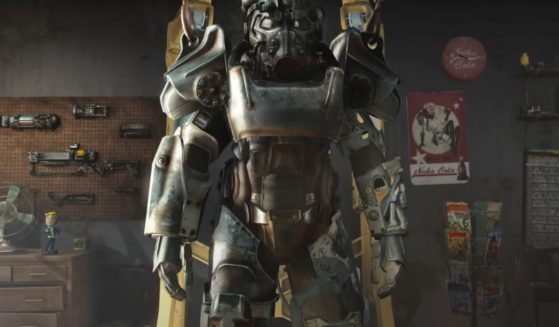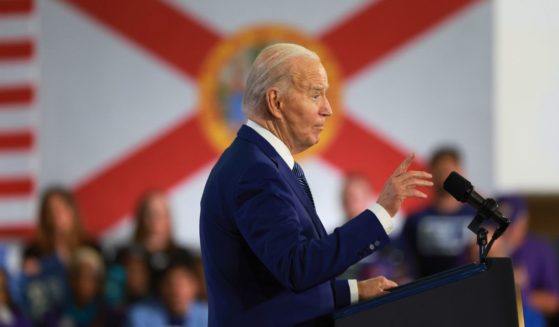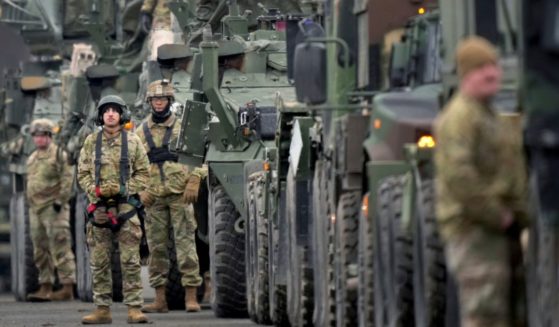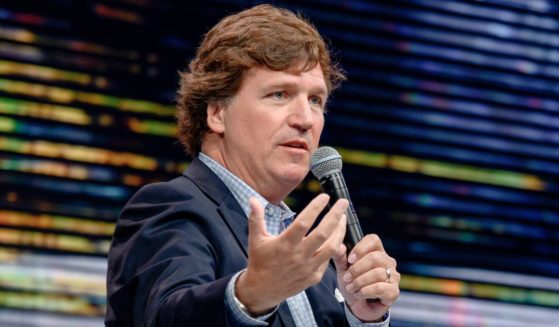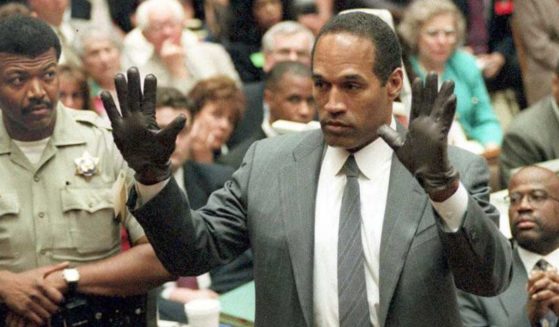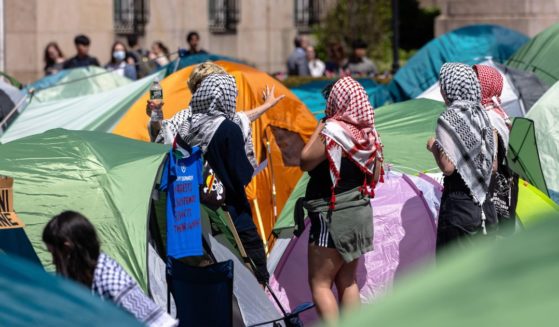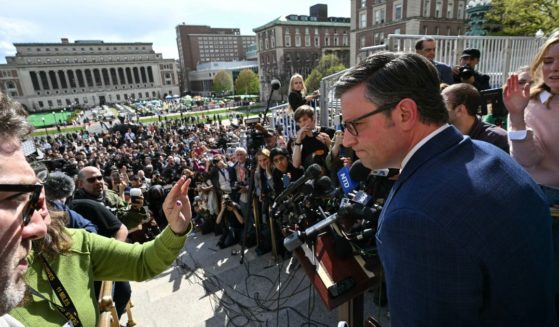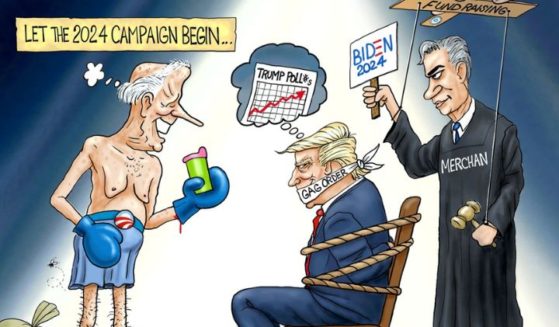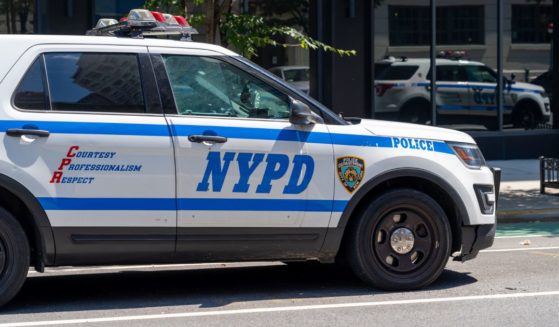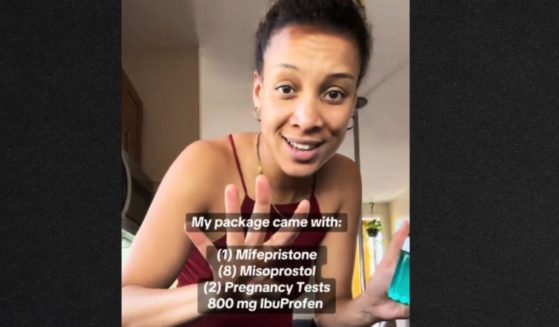What Happened at the Columbine High School Shooting?
April 20 marks the anniversary of the shooting at Columbine High School. As with any tragic event in history, it is worth revisiting no matter how uncomfortable it may make us feel so that we are reminded of its implications and honor the innocent lives lost.
Who are the victims of the Columbine High School shooting?
In the order of their deaths, these are the 13 people who were killed on April 20, 1999:

How did the survivors of the shooting handle such a traumatic event?
Turning Grief into a Legacy
Craig Scott was in the library when the shooters began the attack, near Isaiah Shoels and Matthew Kechter before they were shot, but he had no idea that his sister, Rachel, had already been killed.
Soon after the shooting, Craig began talking about his experience and processing the loss of his sister, who always went out of her way to be kind to those around her. Craig started publically speaking about his experience and his sister’s legacy when he was only 18 years old.
Now others in the Scott family continue to share Rachel’s impactful outlook on life in hopes to encourage students to also be compassionate through an organization called Rachel’s Challenge.
“My family, in the months to come, we started to feel a sense of purpose and mission with telling Rachel’s story,” Scott told “Today.” “I’ll continue to share as long as I live. As long as it’s making an impact on schools.”
Rachel’s Challenge was inspired by a theory that Rachel wrote in her last school essay: “I have this theory that if one person can go out of their way to show compassion, then it will start a chain reaction of the same. People will never know how far a little kindness can go.”
The organization aims to make Rachel’s theory a reality in many schools across the country, fostering a positive school culture and reducing bullying and suicides.
Overcoming Addiction
Some survivors weren’t armed with resources to adequately process the trauma. Austin Eubanks, a student at Columbine High School, talked about his experience after being evacuated from the school in a TEDx Talk.
“I often think back to my pain that day, and if I were to rate it on a pain scale, my physical pain would’ve been a 3 or a 4 and that was likely the response I offered when I was asked. But my emotional pain was an absolute 10. I was in agony beyond comprehension,” he said. “But that was never asked. It was never talked about.”
He was given medication to manage his pain, but it quickly turned into a way to mask the emotional pain he was feeling.
“Acute physical pain ends relatively quick. Complex emotional pain does not,” he continued. “My physical pain had subsided in just a matter of days, but my emotional pain was just as debilitating as it was lying the hospital bed that day. So I continued taking the medication that was prescribed for my pain. I was addicted before I even knew what was happening.”
Eubanks was actively addicted for over 10 years and now helps others work through their emotional pain in order to break their own destructive cycle of addiction.
Learning to Become a Victor Rather Than a Victim
Kacey Ruegsegger Johnson was 17 years old at the time of the shooting. She was in the library, reading a magazine when she first heard popping noises outside of the school.
She was shot in the shoulder by one of the shooters, shattering the bones in her arm.
While Johnson’s road to recovery included physical healing, she told The Western Journal that the emotional/mental healing has been much more difficult.
“I suffered severe PTSD for many years,” she said. “Flashbacks, paranoia, fear, anxiety, panic attacks. But over time, with a great faith and support of loved ones, I’ve been able to reclaim my life from many of those things. I’ve found purpose in choosing freedom from the grips of fear.”
A part of that process for Johnson has been sending her four children to school each day despite her fears.
Even though it would be easy for the terrible events in her life to define her as a victim, she chooses to be a victor, which she writes about in her book “Over Her Shoulder.”
“So much healing has come from the moments that I have realized I get to choose how these events will impact my life,” Johnson said. “Sometimes those are small, daily choices and sometimes they are bigger, but each time I’ve chosen to reclaim my life, I’ve felt more free from the traumas of it.”
To read more about Kacey Ruegsegger Johnson and her story, click here.

How were the families of the Columbine shooters impacted?
Sue Klebold, Dylan’s mother, has since shared her story of working through emotions of guilt and failure since the shooting, using her family’s story to shine a light on the link between suicidal and homicidal thinking.
Klebold shared in a TED Talk that after the shooting, she pored over all of her interactions with her son before the shooting to see where she had gone wrong. She soon recognized, however, that it wasn’t as simple as she and many others thought.
“No matter how much we want to believe we can, we cannot know or control everything our loved ones think and feel,” Klebold said.
While she never wants to justify her son’s violent actions, she has become an advocate to help others explore and understand how debilitating suicidal thoughts can be.
How did the shooting impact Columbine High School and the surrounding community?
Alicia Kohler graduated from Columbine High School in 2015. Even though she was only a toddler when the shooting occurred, the legacy of the traumatic event continued to shape the community that she grew up in. She told The Western Journal that the people of Littleton, Colorado, leaned on each other as they grieved and processed their trauma, which created a tight-knit community.
Because some of the same teachers and faculty who were there in 1999 were still there when Kohler was in school, she and her classmates were able to hear first-hand accounts of the massacre that always left those who were listening to fall silent.
“One of my teachers decided to talk about it, and the class just fell silent and she talked about it for 10 to 15 minutes. No one really said anything for the first ten minutes after. We just sat there and took it all in,” she said. “We never thought about what the teachers were doing in the situation.”
Other teachers talked about what they would do differently if something similar was ever to happen again and even made plans in order to be better prepared.
Kohler also told The Western Journal that her high school never held school on the 20th of April. The principal instead encouraged students to go to the memorial service held in a nearby park.
“Even though I wasn’t there and I can’t remember from when I was 1, but just growing up in that community, I did feel like we had a different sense of family than other high schools did,” she said. “Every high school has that sense of community, like high school pride, but I feel like we leaned in on each other so much just as a community year-round, not just around the anniversary.”
“I feel like our community and our school had a really tight connection that is rare to find.”

What was the timeline of the Columbine High School shooting?
11:10 a.m. Eric Harris and Dylan Klebold arrived at Columbine High School in their individual cars. They strategically parked their cars on opposite sides of the cafeteria and the exits to the lower level of the school.
Harris briefly talked to Brooks Brown, a student whom he had recently just reconciled with after Harris made death threats toward Brown on a personal website. He allegedly told him to leave the premises “because he likes him.”
He is the only person Harris and Klebold told to leave before the shooting occurred.
11:14 a.m. Harris and Klebold walked into the cafeteria and placed two large duffel bags filled with 20-pound propane bombs that the police report says contained enough explosive power to kill a majority of the students expected to arrive for “A” lunch.
The two students returned to their cars to wait and watch for the bombs to detonate. Their plan was to shoot any students who tried to escape through the two exits.
11:17 a.m. Harris previously determined that 11:17 a.m. was when the cafeteria would have the maximum number of students, which is why he programmed the two propane bombs to detonate at that exact time.
Bombs were also placed in their cars timed to go off once they went back into the school.
11:19 a.m. Jefferson County Dispatch Center received a 911 call reporting an explosion in a field three miles away from the school. Two backpacks filled with pipe bombs, aerosol canisters and small propane tanks were strategically placed.
“The bombs exploding in the field along Wadsworth Boulevard are intended to divert the attention of law enforcement away from what is planned to be a much more devastating scene at the school,” the police report said.
Not all of the bombs detonated, but they caused enough commotion to gain the attention of law enforcement.
Around the same time, back at Columbine High School, Klebold and Harris stood together at the top of the west exterior stairs where they were able to see most of the school’s west side as well as the entrances to the cafeteria. A witness heard one of the two shooters yell, “GO! GO!” before they pulled out their guns and began shooting.
Also between 11:19 a.m. and 11:23 a.m. The first shots hit students Rachel Scott and Richard Castaldo who were eating their lunch on the grass near the west entrance of the school. Rachel Scott was the first student who died.
Daniel Rohrbough and two other students exited the cafeteria on their way to the “Smoker’s Pit” at Clement Park. All three were shot and fell to the ground.

Klebold walked toward the cafeteria, passing Rohrbough and the other two students before shooting Rohrbough at close range. Daniel Rohrbough was the second student who died.
Klebold then entered the cafeteria briefly before joining Harris outside, shooting fellow classmates and throwing explosive devices. The police report suspects that he may have been checking on the two propane bombs that had not yet detonated.
11:23 a.m. A Columbine High School student called 911 to report a female student in the south lower parking lot. “I think she’s paralyzed,” the caller said.
Deputy Paul Magor and Deputy Neil Gardner heard about the call on the school’s campus and began to respond to the girl.
11:24 a.m. Faculty and staff began to notice a commotion on campus and went to investigate. William “Dave” Sanders, a teacher, and two custodians, Jon Curtis and Jay Gallatine, instructed students in the cafeteria to hide under the tables.
Another law enforcement officer, Deputy Paul Smoker was conducting a traffic stop when he heard the dispatch call about the girl on the south lot. He let dispatch know that he was responding.
Teacher Patti Nielson noticed the two boys holding what she thought were toy guns. As she opened the door to tell them to “knock it off” the two gunmen open fire. She and another student suffer injuries from shattered glass and debris.
Deputy Gardner arrived on the scene, distracted the two gunmen and allowed the teacher and student to move to safety. Harris and Deputy Gardner exchanged gunfire, but neither man was shot before Harris entered the school.
11:25 a.m. While hiding under a counter in the school library, Nielson called 911 to report the shooting and described smoke coming into the library under the door.
11:26 a.m. Littleton Fire Department sent a unit to extinguish the fire at the field on Wadsworth Boulevard while Deputy Gardner asked for back-up and Deputies Scott Taborsky and Smoker arrived on the west side of the campus.
Smoker saw Gardner with his gun aimed toward the school as Harris, now armed with a semi-automatic rifle, began shooting at Smoker through a broken window. Smoker returned fire, but Harris quickly retreated back inside the school and continued to shoot his rifle.
Witnesses later reported seeing both Harris and Klebold walking down the hall together, guns in hand. The report said, “Both are firing weapons … and both are laughing.”
Dave Sanders was shot while walking toward the sound of gunfire. Another teacher and a group of students began tending to his wounds.
11:29 a.m. Harris and Klebold entered the school library, where Nielson and other students were hiding. The 911 recorded a male voice yelling, “Get up!”
They then began to heckle and shoot students in the library. Kyle Velasquez was sitting unhidden at a computer table and was shot by Klebold. Kyle Velasquez was the third student who died.

11:30 a.m. Jefferson County Dispatch center began to understand the severity of the situation as more and more calls came in.
11:32 a.m. Other law enforcement agencies, like the Denver Police Department, began to arrive on the scene. The first calls from media outlets began to come in.
11:33 a.m. Jefferson County SWAT director, Lt. Terry Manwaring, was in route to the school and called for the rest of the SWAT team to be paged.
Also between 11:29 a.m. and 11:36 a.m. Harris and Klebold continued to terrorize the students and faculty in the library.
Ultimately, they injured 12 people and killed 10 others within 7.5 minutes. Both Steven Curnow and Cassie Bernall were killed toward the beginning of those 7 minutes.

After realizing that a black student, Isaiah Shoels, was in the library, Klebold made a racial slur and shot him. Isaiah Shoels was the sixth student who died.
Matthew Ketcher, Lauren Townsend, John Tomlin, Kelly Fleming, Daniel Mauser were also killed in the library.
Corey DePooter was the twelfth and last student to be shot at 11:35 a.m.
Between 11:36 a.m. and 11:44 a.m. Harris and Klebold left the library and began shooting in random classrooms and continuing to set off explosives around the school.
They taped an explosive device on the storage room door where teacher Dave Sanders and a group of students were hiding before entering the cafeteria again and throwing objects at the duffel bags that had failed to detonate.
11:46 a.m. As the two shooters walked out of the cafeteria, one of the propane bombs partially detonated and caused a fire.

12:06 p.m. The first SWAT team entered the school for a sweep.
12:08 p.m. A gunshot was fired toward first responders from the library window. Then both Harris and Klebold shot themselves and died by suicide.
Between 12:08 p.m. and 2:42 p.m. Local bomb squads, and other law enforcement agencies continued to show up to help search and evacuate the school, starting with the first floor. Paramedics continued to administer medical treatment to victims and provided transportation to hospitals.
2:38 p.m. Patrick Ireland, a student who was injured in the library, began to slip in and out of consciousness. He crawled to a broken second-story window and climbed out of it.
SWAT team members caught him as he fell and immediately sent him to receive medical treatment.

2:42 p.m. The SWAT team called for medical assistance for an injured teacher suffering from multiple gunshot wounds; the teacher was Dave Sanders.
3:22 p.m. The first SWAT team entered the library and reported 12 dead; two of whom appeared to have self-inflicted gunshot wounds.
4:45 p.m. A second sweep of the library was performed in order to officially pronounce the 10 victims and 2 suspects dead. Dave Sanders was also pronounced dead.
The initial search of the high school was completed and the traumatic event was declared “over.”
Truth and Accuracy
We are committed to truth and accuracy in all of our journalism. Read our editorial standards.

